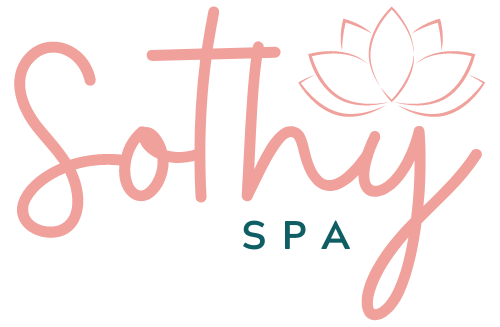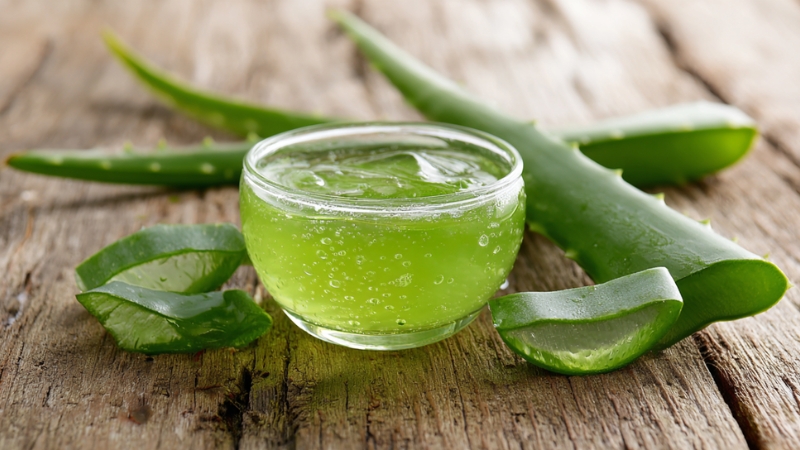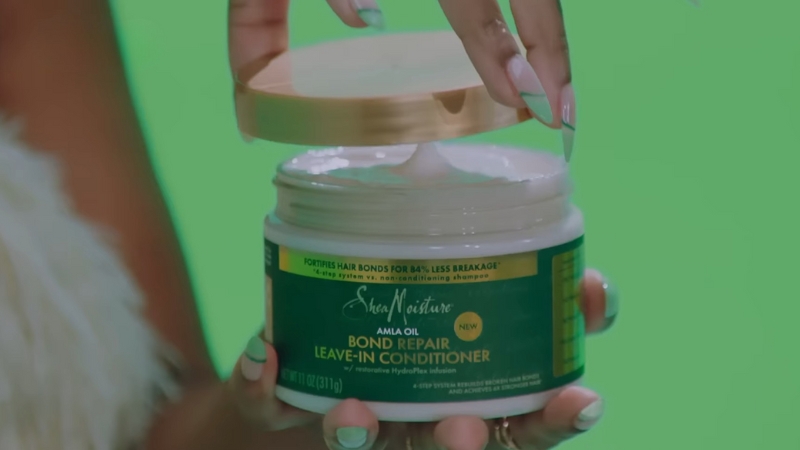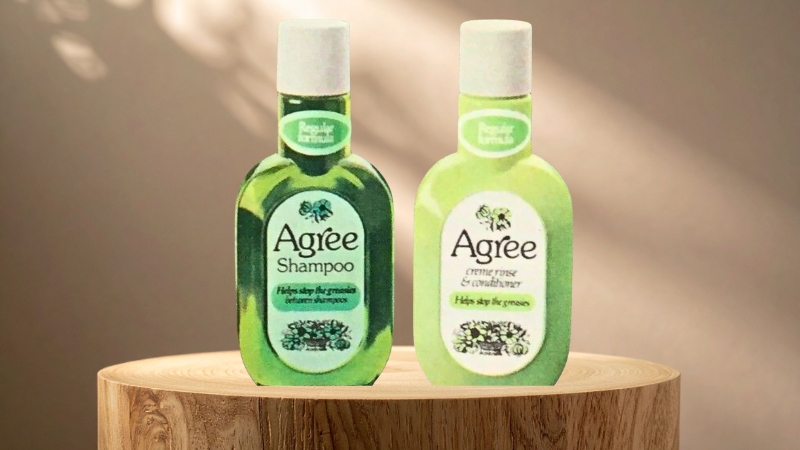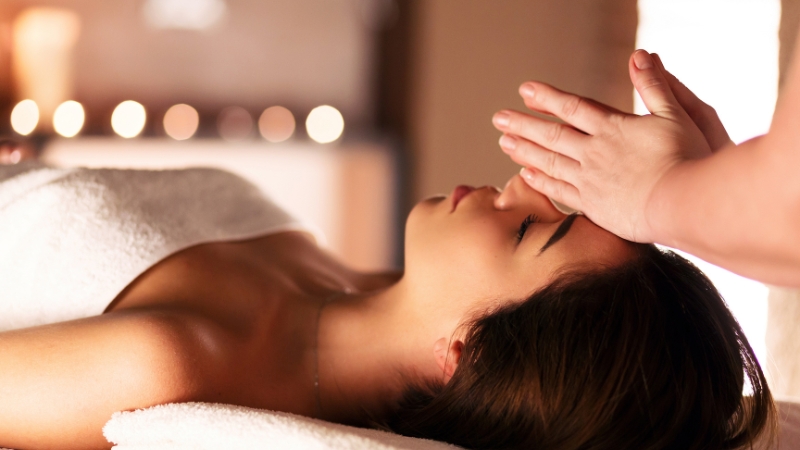
Share Post:
Choosing the right spa for post-treatment recovery is a matter of matching your specific recovery needs with a facility’s medical qualifications, treatment offerings, and environment.
The key is to look for a spa that has licensed therapists or medical staff, offers targeted recovery services relevant to your procedure, follows strict hygiene protocols, and provides a calm, supportive environment without compromising safety.
You should verify the spa’s credentials, understand exactly what treatments they provide, check their post-treatment care policies, and ensure they have experience with clients recovering from procedures similar to yours.
Cost and convenience also matter, but in post-treatment recovery, expertise, safety, and appropriate facilities should be the primary factors guiding your decision.
1. Post-Treatment Recovery Needs
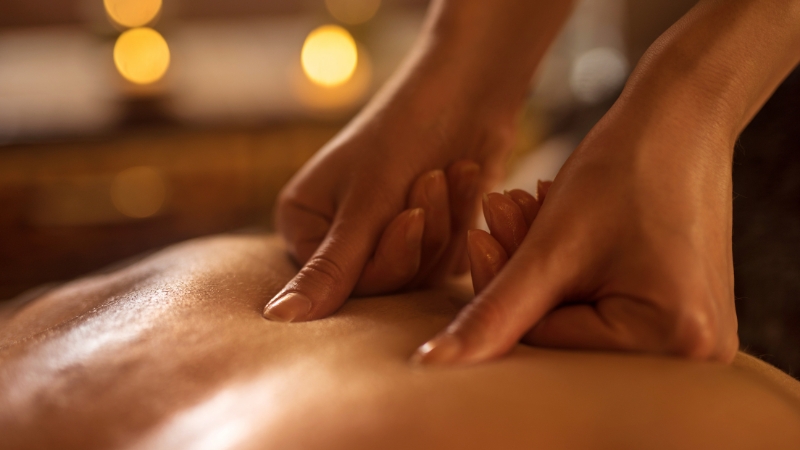
Post-treatment recovery can vary widely depending on the type of procedure. A spa that is ideal for recovery after a deep tissue sports injury may not be appropriate for someone who has undergone laser skin resurfacing. The first step is to clearly define what your recovery involves.
If you have had a surgical procedure, you may require gentle massage therapy, lymphatic drainage, or targeted stretching to improve circulation and reduce swelling. If you have undergone a skin treatment, such as chemical peels or laser therapy, your needs may center on hydration, soothing therapies, and avoiding irritation.
Post-orthopedic or sports rehabilitation might require hydrotherapy pools, infrared saunas, or specialist physiotherapists.
It is essential to clarify these needs with your primary care provider or surgeon before searching for a spa.
They can recommend what types of therapies are safe at your stage of recovery and which to avoid. For example, some treatments that increase blood flow or heat the tissue may be beneficial for muscle injuries but harmful for fresh incisions.
2. Medical Oversight and Qualifications
One of the most critical factors is whether the spa employs qualified, licensed professionals to deliver the treatments. A post-treatment recovery spa should have staff trained in dealing with clients who are still in the healing phase.
As the plastic surgeon of rhinoplastycenterlongisland.com points out, in some cases, medical spas (med spas) are the better choice because they operate under the supervision of a licensed physician and often employ nurses or certified medical aestheticians.
Before booking, verify credentials directly. This can include:
A spa that cannot provide clear information on staff qualifications is a risk. Licensing boards and state registries can be checked to confirm credentials.
3. Treatment Offerings and Specialization
Not all spas are equipped for post-treatment recovery, even if they advertise wellness or massage services. The treatment menu should include options relevant to your needs, such as:
Common Procedures and Recommended Spa Services
Procedure Type
Recommended Spa Service
Notes on Safety
Liposuction / Tummy Tuck
Manual Lymphatic Drainage
Avoid deep pressure fothe r the first 6 weeks.
Laser Skin Resurfacing
LED Light Therapy, Hydration Facials
No heat-based treatments until cleared by a dermatologist.
Orthopedic Surgery Recovery
Hydrotherapy, Physiotherapy Sessions
Ensure pool is sanitized to medical-grade standards.
Sports Injury Rehabilitation
Cryotherapy, Deep Tissue (after acute phase)
Begin only after inflammation is under control.
Chemical Peel
Gentle Hydration Facial, Soothing Masks
Avoid exfoliation and direct sun exposure.
4. Hygiene and Safety Protocols
Hygiene is non-negotiable in post-treatment recovery. The spa must adhere to medical-grade cleaning procedures, especially if you have open wounds, healing incisions, or compromised skin. This includes:
If you are recovering from surgery, even minor lapses in hygiene can lead to infection. During your initial visit or consultation, look for visible signs of cleanliness, ask about their sanitation process, and ensure staff use gloves and masks where appropriate.
5. Environment and Atmosphere
While clinical safety is essential, the environment should also support mental relaxation, as stress can hinder healing.
The right spa will offer private treatment rooms, minimal noise, comfortable seating, and temperature control to suit your comfort. Lighting should be adjustable, especially for clients recovering from eye-area treatments or with light sensitivity.
A quiet, supportive environment also ensures you are not rushed through sessions, which is particularly important for those moving slowly due to mobility issues or pain.
6. Accessibility and Location

Travel can be physically taxing after treatment, so the spa should be conveniently located.
If possible, choose a facility close to home or your accommodation to avoid long trips, especially in the early recovery phase.
The building should be accessible, with ramps or elevators if needed, and treatment tables should be adjustable to accommodate limited mobility.
7. Cost and Insurance Considerations
Spa treatments for post-treatment recovery may or may not be covered by insurance. In some cases, if the spa employs licensed medical professionals and the treatment is prescribed by a physician, partial coverage is possible, particularly for physical therapy or medically necessary massage.
It is important to request an itemized list of services and ask whether they can provide medical billing codes if you plan to submit a claim.
Even without insurance, cost transparency is essential so you can plan for ongoing sessions, as some recovery plans require multiple visits per week.
8. How to Verify Experience with Post-Treatment Clients

Even a well-reviewed spa may not have significant experience with post-treatment recovery clients. The best way to verify is to ask direct questions:
Experienced spas will have clear answers and may even work in direct communication with your physician to coordinate care.
9. Comparing Spa Types for Post-Treatment Recovery
Spa Type
Pros
Cons
Best For
Day Spa
Relaxing, convenient, wide range of basic services
Limited medical oversight
Light recovery needs without medical complexity
Medical Spa
Licensed medical staff, advanced treatments
Higher cost, may feel more clinical
Post-surgical skin treatments
Rehabilitation Spa
Combines therapy and spa care
Limited availability, requires referral
Orthopedic, sports injury recovery
Hotel/Resort Spa
All-in-one amenities, good for longer stays
May lack post-treatment specialization
Mild recovery, vacation-style stays
10. Red Flags to Avoid
@recoveryspaguy #redlighttherapy #pbm #photobiomudulation #kelowna #kelownabc #kelownawellness #realredlighttherapy #therecoveryspa ♬ original sound – John Elle
If a spa offers aggressive or high-heat treatments without screening your medical history, uses unlicensed staff for specialized recovery services, refuses to share sanitation policies, or dismisses your physician’s guidelines, consider that a warning sign.
Recovery requires patience and caution; a spa that prioritizes upselling over your well-being is not a safe choice.
Bottom Line
The right spa for post-treatment recovery is not simply the most luxurious or the most affordable – it is the one that aligns directly with your medical and comfort needs while following strict safety protocols. Look for licensed staff, proven experience with post-treatment clients, treatments suited to your procedure, and a clean, supportive environment.
Confirm that the spa’s policies and services match the guidance from your doctor or surgeon. While convenience and cost matter, they should never override safety and expertise.
Choosing wisely ensures your recovery is not only faster and more comfortable but also free from avoidable complications.
Related Posts:
- Hot Tub vs Sauna: Which One is Right for You?
- Chemical Peel vs. Microdermabrasion - Which One Is…
- What Do You Do at a Spa? Your Complete Guide to a…
- Top 8 Luxury Spa Resorts in America You Must Try in 2025
- How to Plan the Perfect Surprise Spa Weekend for…
- 20 Common Mistakes to Avoid When Creating a Spa Price List

